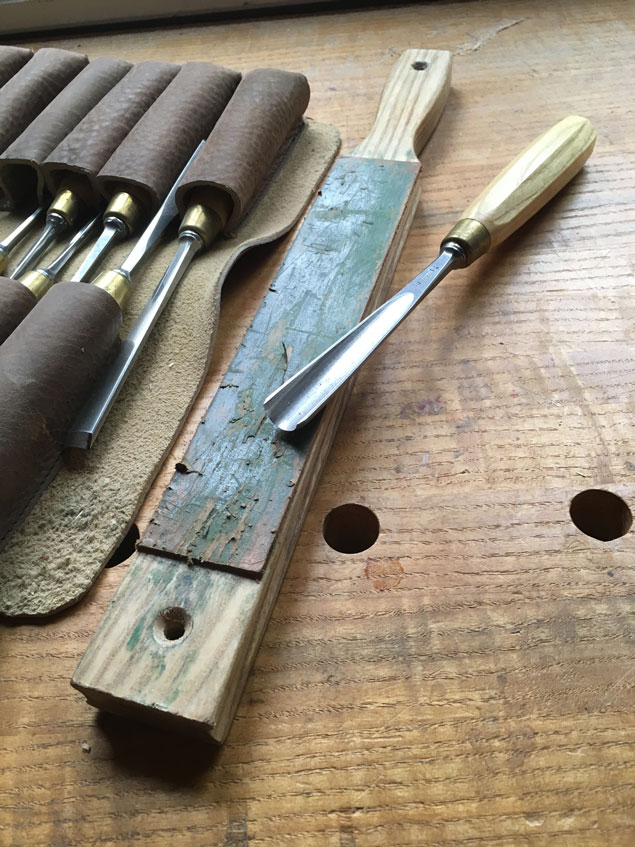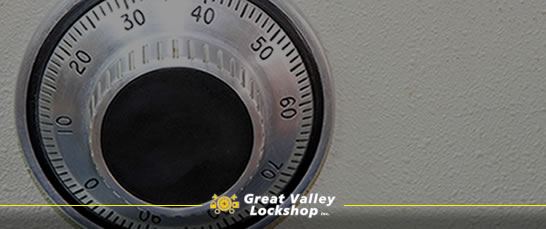What’s this Stropping Magic? –

If you’ve read even a little bit of the sharpening information in “The Woodworker: The Charles H. Hayward Years,” you’ve probably noticed how much they discuss stropping.
We’ve had several questions from readers about this. Why do some people strop and some people don’t? Should we all be stropping? Is stropping outdated? Is it fayrie majik?
Stropping is simple. It’s the polishing of an edge with an abrasive that’s about 1 micron in size. Nothing more.
It’s the same as polishing an edge with a Japanese waterstone that is about #8,000 grit or #10,000 grit. Those stones have an abrasive particle that’s in the neighborhood of 1 micron in size.
(Don’t believe me? Here you can see the Lee Valley Honing Compound is rated for 0.5 micron. And here you can see a Shapton #30,000 grit stone is rated at 0.49 micron. In my experience, neither does a particularly better job than a 1 micron or 1.5 micron surface. Why? Because of the real world.)
So if you sharpen to #10,000 grit and then strop, I would argue that you are doing no harm, but you probably aren’t helping things much – other than extending your break from real work.
Why does stropping exist?
Until the introduction of fine waterstones, natural sharpening stones, such as oilstones, couldn’t polish an edge past a certain point – about #4,000 grit was typical (using the Japanese waterstone system for comparison). So the strop was the way to get the extra polish that makes the edge last a little longer.
Though I use Japanese waterstones a lot, I also have a strop. Why? For carving. With carving tools, I am constantly touching up the edge with a strop to keep the bevel shiny, smooth and keen. (Stoning odd shapes is a drag, so I try to put it off as long as possible.) A strop is an easier way to do this than having a wet waterstone at the bench. Also, a flexible piece of leather charged with honing compound makes it easy to polish up gouges and the like.
So strop. Or don’t. Just know that it’s part of a Western tool tradition and makes total sense with oilstones. With Japanese waterstones, the strop might be superfluous.
— Christopher Schwarz





